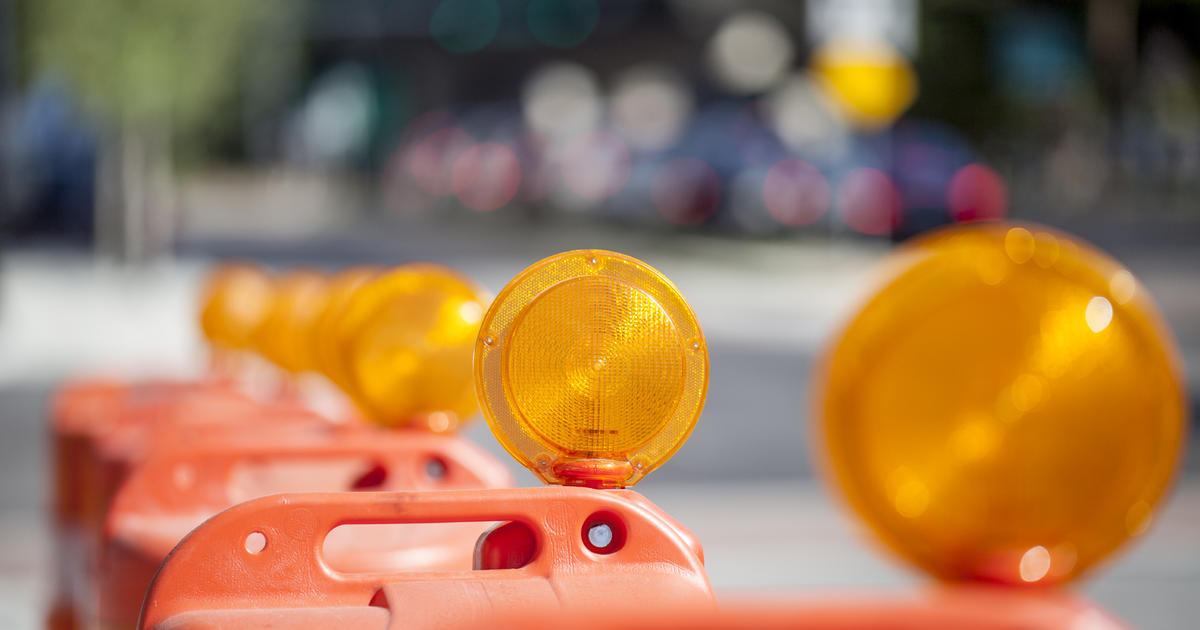NASA Apollo 11 Moon Samples Fed To Cockroaches To Test Contamination
(CNN) -- Scientists from NASA had a lot more leeway to conduct weird experiments 50 years ago, which included feeding moon dust to German cockroaches.
But it didn't stop there.
Astronauts Neil Armstrong and Buzz Aldrin were able to secure lunar samples from the surface of the moon from the Apollo 11 mission and bring them back to Earth. However, in order to ensure that it was safe to store lunar samples on Earth, scientists had to run a number of tests to make sure contamination was not possible, according to NASA.
Armstrong and Aldrin were quarantined for weeks on their return from the moon, and they had a few extra roommates: mice that had been injected with lunar material.
"They always wanted to know how the rodents were doing," Judith Hayes, chief of NASA's Biomedical Research and Environmental Sciences division, told Space.com. "If the rodents did well, then they would likely be released on time, if the rodents weren't well, they would likely be examined much more carefully and longer."
NASA also chose a number of different animals to represent other species. Birds were represented by Japanese quail; brown shrimp, pink shrimp and oysters were used to represent shellfish; houseflies and moths joined the cockroaches to represent insects; and guppies and minnows were used to represent fish.
As for how they all received the samples, it varied. The quail and mice received injections, moon dust was added to the water for all the aquatic species and the insects had lunar samples mixed into their food.
The only species to suffer deaths were the oysters, which scientists believe had more to do with them being tested during mating season.
"We had to prove that we weren't going to contaminate not only human beings, but we weren't going to contaminate fish and birds and animals and plants and you name it," said Charles Berry, head of medical operations during Apollo, in an oral history. "Any of the Earth's biosphere, we had to prove we weren't going to affect it. So we had to develop an amazing program that was carried off really for three flights' worth. A lot of trouble."
NASA even worked with the US Department of Agriculture to test if plants reacted negatively to the lunar material. They grew seeds in lunar soil, and tested tomatoes, onions, fern, cabbage and tobacco.
"They didn't find any microbial growth on the lunar samples, and they didn't have any microorganisms that they at least initially attributed to any extraterrestrial source or lunar source," said Hayes. "And the crew didn't have any signs of an infectious disease, and all the rodents survived the exams, so everybody did well."
It wasn't until after the Apollo 14 mission in 1971 that NASA felt it was safe enough to stop testing on animals and to end the quarantine process for astronauts and lab technicians working with any lunar samples.
The-CNN-Wire™ & © 2019 Cable News Network, Inc., a Time Warner Company. All rights reserved.



